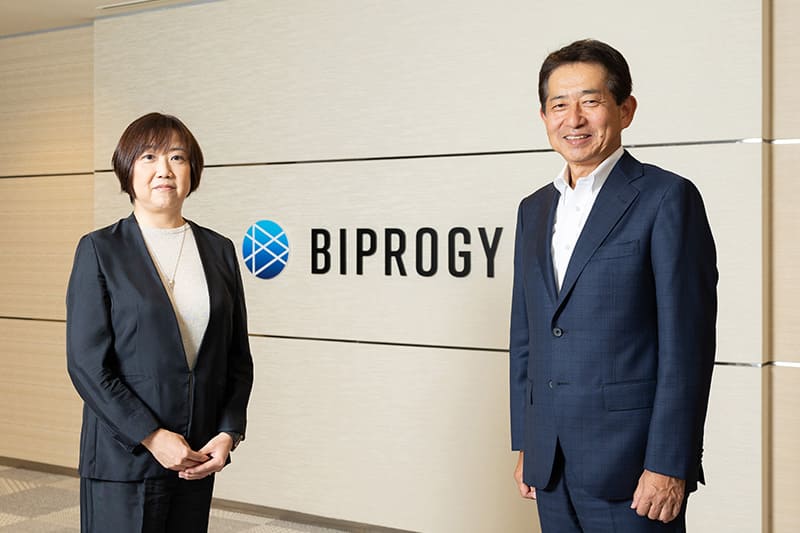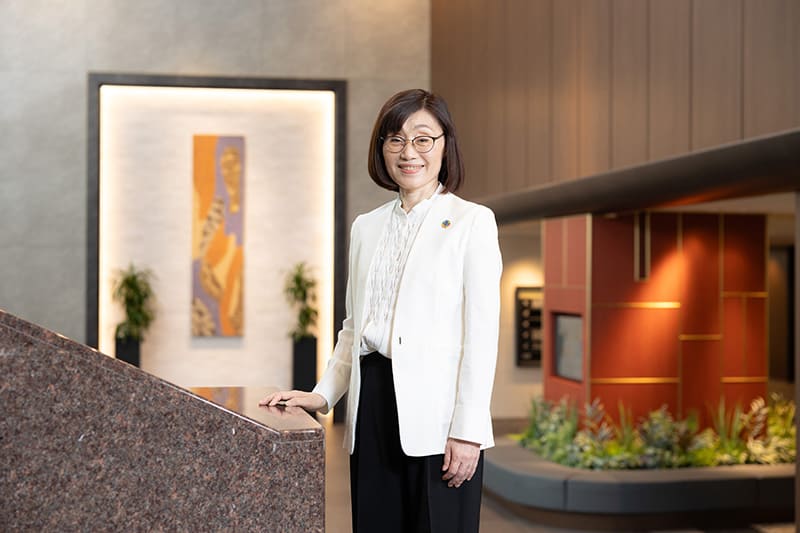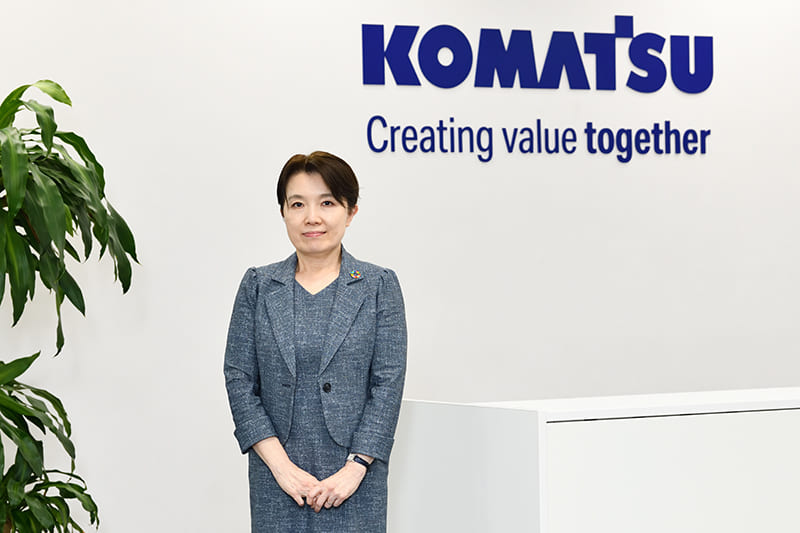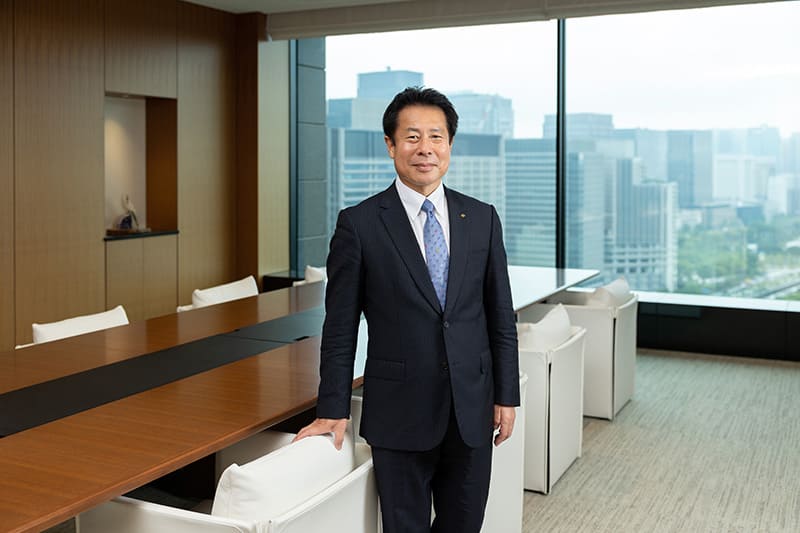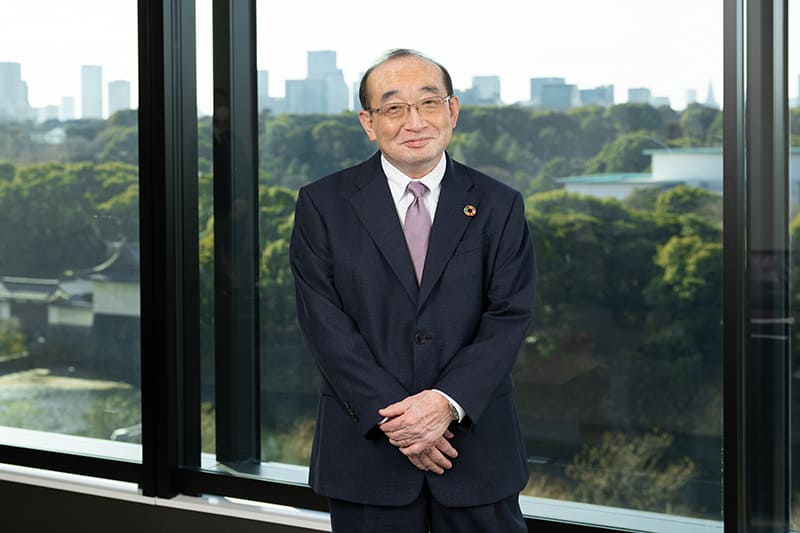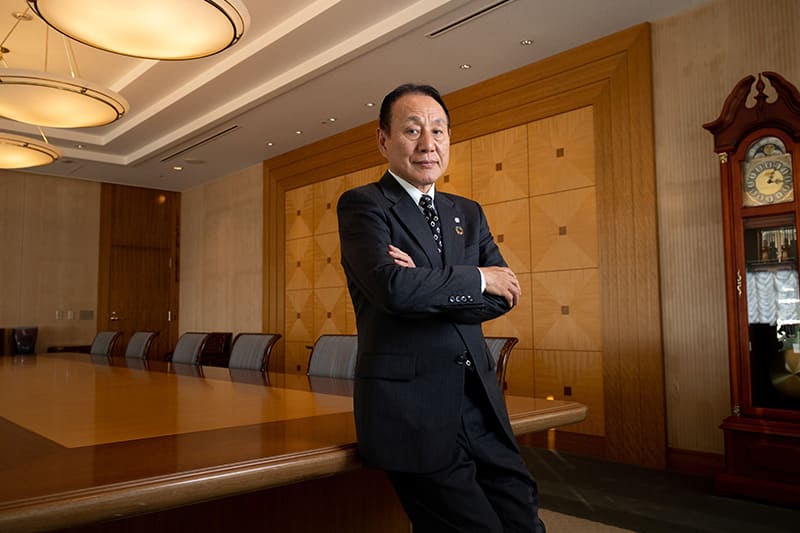July 19, 2024
Azabudai Hills, Tokyo’s green new downtown ‘village’
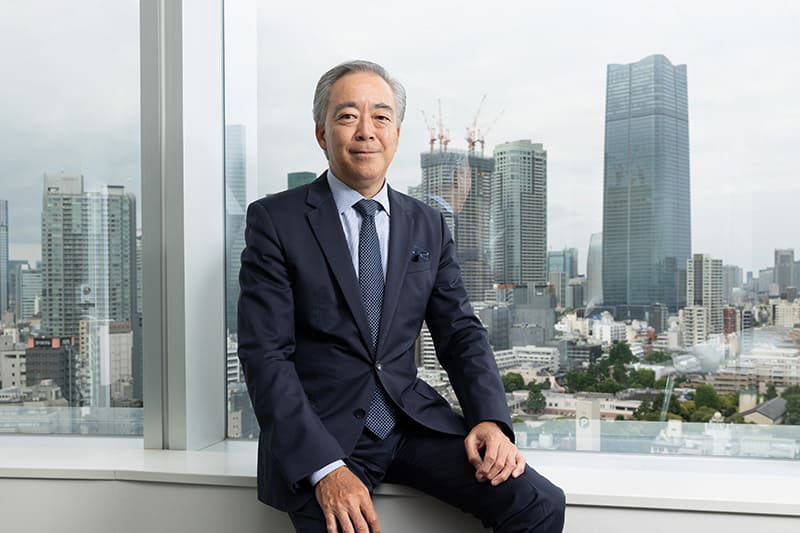
High-rises with offices, restaurants and luxurious residences surrounded by green walkways have for decades increasingly transformed the landscape in central Tokyo districts like Roppongi, Akasaka and Toranomon.
The latest such complex by the developer Mori Building Co. is Azabudai Hills, an 81,000-square-meter development centering on a 330-meter main tower, along with two residential towers and commercial and cultural complexes, including a gallery, the fruit of almost 35 years of planning.
What Mori Building emphasizes about the luxury plaza is the greenery covering 24,000 square meters, or about a third of the “modern urban village,” said Hiroo Mori, director and executive vice president of the company.
Increasing green space outside and saving energy inside reduces carbon emissions and helps to mitigate the urban heat island effect. The company has planted gardens and put greenery on rooftops and walls, and in addition is generating wind, solar and geothermal power for workers and residents. “If done right, (urban) redevelopment projects contribute to conserving the environment,” Mori said in a recent interview, part of a monthly series by Naonori Kimura, a partner for the consulting firm Industrial Growth Platform Inc.
Urban afforestation is one of Mori Building’s three missions of “safety and security,” “environment and greenery” and “culture and art.” It calls the concept underlying its urban planning “Vertical Garden City,” and under that has integrated plots of land, built high-rises that link underground and created green open spaces outdoors.
Under the first mission, “safety and security,” Mori Building’s Roppongi Hills complex has a power plant using city gas so that workers and residents can keep getting power even in the event of an outage due to an earthquake, typhoon or other natural disaster. And if that plant stops working, an oil-powered emergency generator will work for at least 72 hours, Mori said. The company also has prepared about 270,000 emergency rations for its various complexes, including 100,000 for Roppongi Hills, and other necessities such as water, blankets and medicine.
As for “culture and art,” Mori said, “I feel it is more and more important to make towns and cities culturally rich in urban development” — things like the Mori Art Museum and the cinema complex in Roppongi Hills, as well as classical concerts at Suntory Hall in Ark Hills.
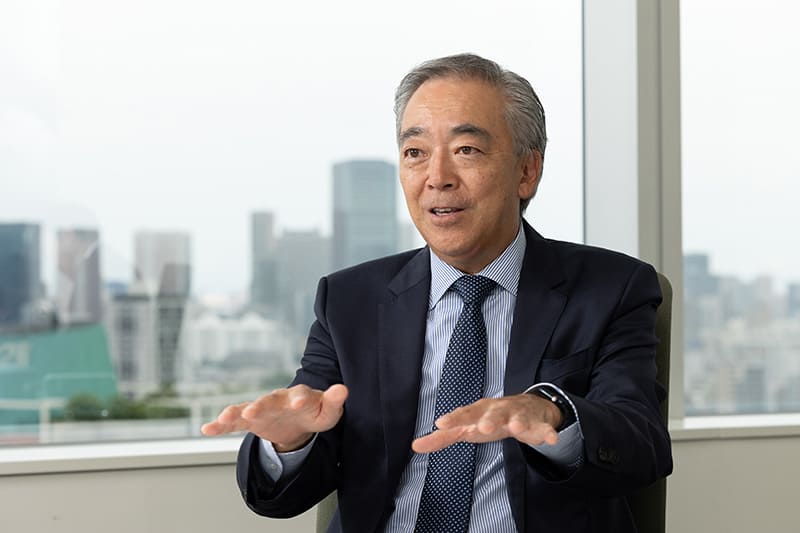
“Economic efficiency had always been the center of development projects in general. But that is not the only important factor. What makes them attractive is exciting townscapes and greenery, and that is also true of office buildings,” he said.
There is another element to Mori Buildings’ complexes: as innovation hubs. For example, Azabudai Hills launched Tokyo Venture Capital Hub, attracting 70 venture capital firms into offices, co-working areas, lounges and meeting rooms in order to spark interaction among them. At Toranomon Hills, the developer set up an incubation center to support new business inside top-tier companies. It also lured CIC Tokyo, an Asian branch of the world’s largest startup community. Mori Building says it aims to promote communication among those hubs to create an innovation ecosystem.
What matters to the company in urban development is that its projects benefit not only their residents and workers but also the public. They also must be fair to all stakeholders, including hundreds of small landowners.
“We have to create something beneficial to the outside world,” Mori said. “Redevelopment projects should be in the public interest.” In its projects, the company lays out roads and sidewalks and other infrastructure to connect to neighboring areas and improve convenience for all.
Tremendous efforts are made to reach agreements with landowners. In the case of Azabudai Hills, 90% of landowners involved, which was about 300, agreed to the project. It took 35 years to open the site after the Azabudai project kicked off, during which time the developer held many big and small meetings with the landowners, Mori said.
But the Azabudai Hills project is not alone in this. The first huge redevelopment project for Mori Building was Ark Hills, a 56,000-square-meter project in the Akasaka district that kicked off in 1967. Partly due to a lack of previous similar large projects, the plan drew public criticism about urbanization, and it took 19 years to reach an agreement with the landowners. As a result, only a small number of landowners came back to live in the residential tower after it was completed.
The opening of Azabudai Hills and the new Toranomon Hills Station Tower have boosted the company’s earnings. It announced on May 21 that its group net profit for the business year that ended in March rose 34% from a year earlier to ¥58.9 billion ($365 billion), with its operating profit up 23% at ¥78.1 billion.
Mori Building’s history started when Taikichiro Mori founded Mori Fudosan, its predecessor, in 1955. His son Minoru Mori became president of Mori Building and was the father-in-law of Hiroo Mori. Within two years after its founding, the company constructed two buildings in the Nishi-Shimbashi district. This was followed by a series of office buildings in the Shimbashi and Toranomon areas. In 1978, Taikichiro Mori launched LaForet Harajuku with retail shops and an event space, which became a mecca for fashionistas and artists, leading to the debut of Omotesando Hills in 2006.
“The 21st century will become an era of cities,” Mori said. “With people increasingly living in urban areas, it is necessary to think seriously about how to address social issues facing us through city management.” Those issues include energy, decarbonization, aging and food loss, he added.
“We want to continue to put forward model cases for the future era of urbanization,” Mori said.
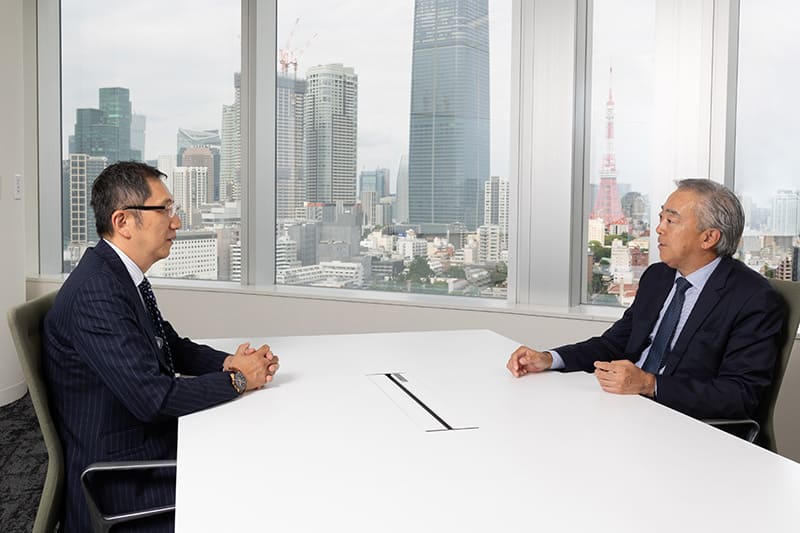
Naonori Kimura
Industrial Growth Platform Inc. (IGPI) Partner
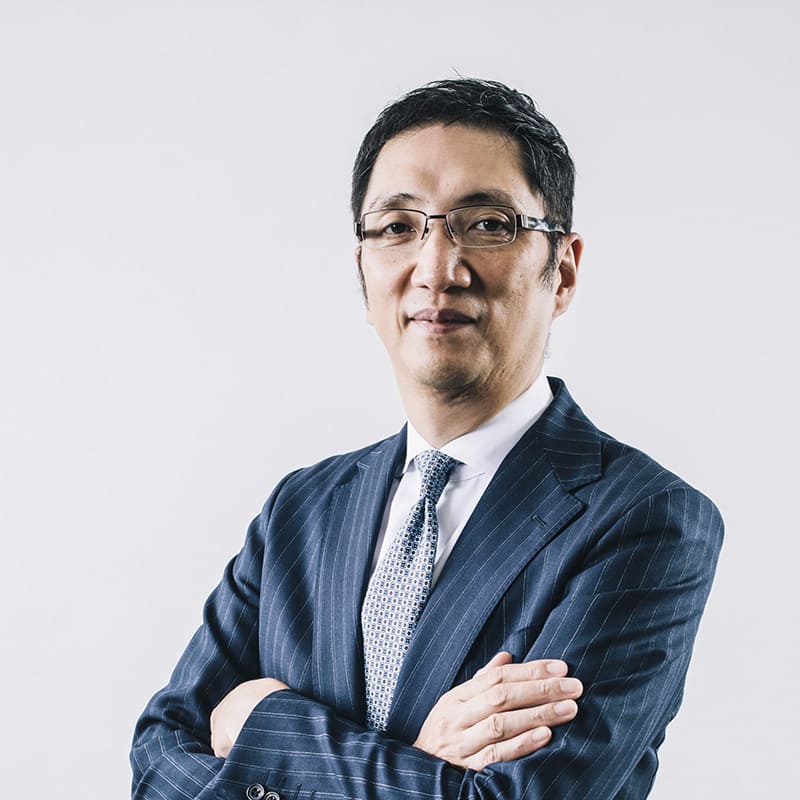
Azabudai Hills, a major project by Mori Building Co., opened last year in central Tokyo after kicking off in 1989 with the establishment of a community development council.
For Mori Building, all its urban-type large projects started with Ark Hills, Japan’s first large-scale private-sector redevelopment project. Following that, the company completed several other big redevelopment projects, notably in the Tokyo districts of Roppongi, Toranomon and Azabudai. All spanned a lengthy time frame of 20 to 30 years and involved steady efforts in community development based on building strong, trusting relationships with hundreds of landowners.
In this era of rapid change, it is impossible to predict trends and technological developments decades into the future. As such, it is important to have an underlying philosophy and vision, Executive Vice President Hiroo Mori says emphatically. The three pillars of Mori Building — “safety and security,” “greenery and the environment” and “culture and the arts” — and its concept of “Vertical Garden City” are more than just words. Each project embodies them. Tokyo, a world-class metropolis, needs to confront the risks of rapid aging and major earthquakes. As a pioneer in urban development, Mori Building will continue to create best practices that will not only help create a resilient Tokyo, but also build a better future by addressing the global challenge of balancing urbanization and sustainability.

